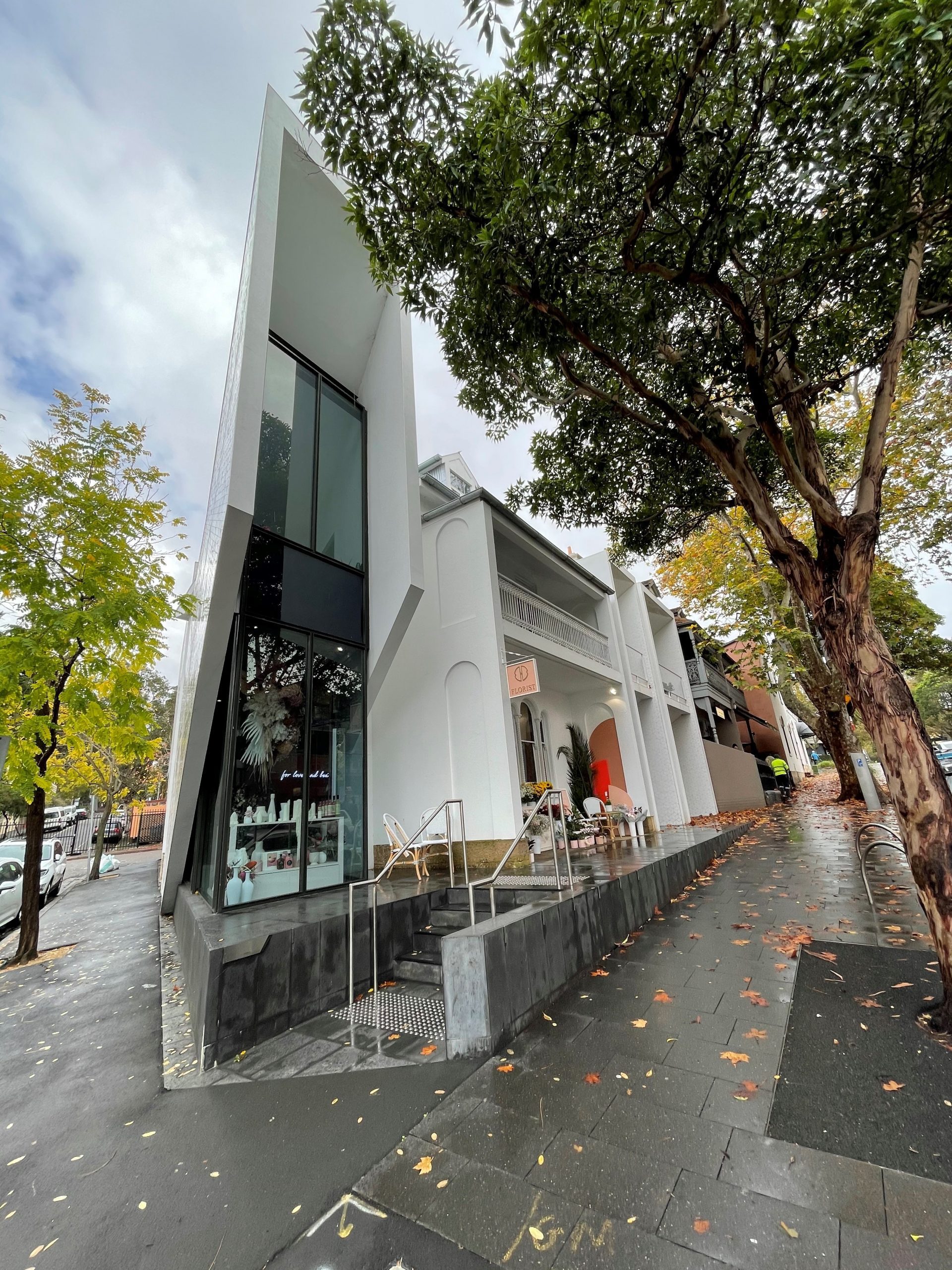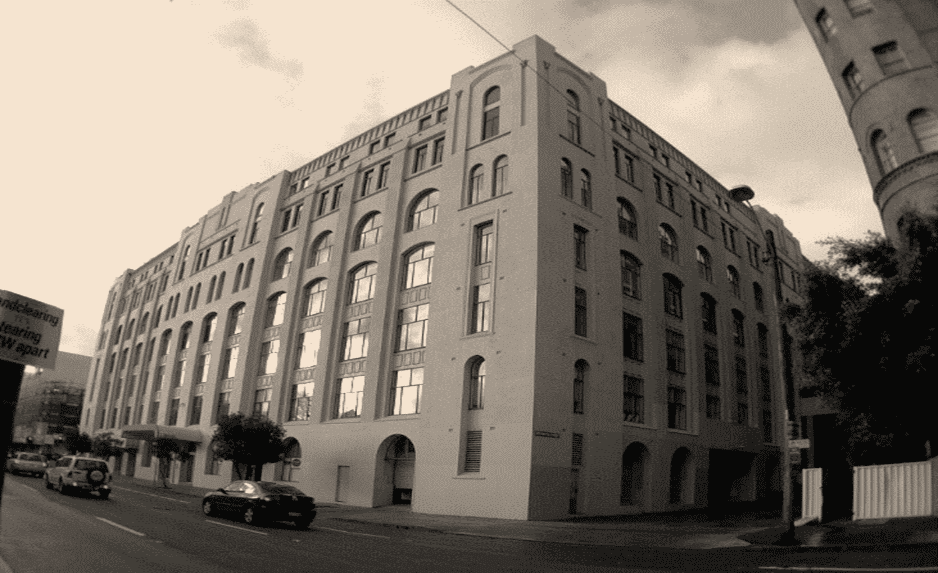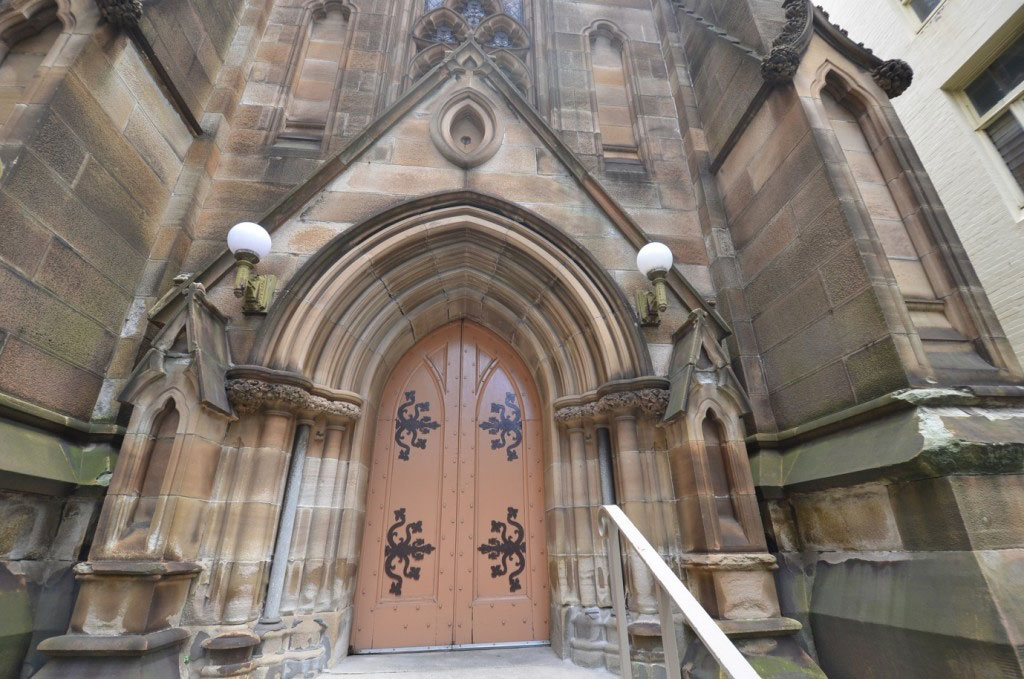Professional Associations
In the recent NSW Heritage Act inquiry, I submitted a series of recommendations to the government seeking community response in relation to improvements which can be made to the Act and its administration, generally. The first of these recommendations relates to the Heritage Council composition. I responded as follows;
It is important to acknowledge a recent trend in society since the late 1970s/ early 1980s. That is that increasingly, the concern of CBH (cultural built heritage) as an ideology, has shifted from government to the community. In line with this trend, we need to shift responsibility of heritage listing and decision-making into the community but maintain strong government legislation and regulation to support it. Also, there needs to be greater professional expertise comprised within the Heritage Council and fewer political agendas. CBH belongs to all of us no matter whether we are in government, in the cultural professions or mere passers-by. There should never be undue political influence when it comes to CBH. The National Trust and Australia ICOMOS needs to have representation on the Heritage Council. Because of the fact that there are always a number of competing agendas when it comes to making decisions about CBH, non-heritage considerations need to be borne in mind such as economic and sustainability viability factors. Accordingly, I suggest that the Heritage Council should comprise; professional heritage architects, heritage landscape architects, social historians, land use managers, economists, sustainability professionals and a host of other technical experts that could be drawn upon on an as-needs basis i.e. experts in rolling stock, railway history, heritage engineers, landscape architects etc. Currently, the Heritage Council lacks technical expertise and experience in dealing with CBH. This problem requires urgent rectification.
If the Heritage Council were to be vested as a community charity organisation separate from government, its motivation to maintain an active, dynamic heritage list is far more likely to occur compared with the current situation which we know to be sluggish and reactive rather than proactive. If we follow the English and Scottish models, we see that the Heritage Council has been shifted out of government and into the community as a charity and is therefore first and foremost answerable to the community and ought to be constituted thus. I strongly recommend that the Heritage Council has representation from the National Trust and Australia ICOMOS as well as from the Professional Historians Association, EPLA, Master Builders Association, Garden History Society, DOCOMOMO, Land Valuation Advisory Group and the Australian Institute of Architects etc. By having a strongly empanelled group of professional associations, there is likely to be a higher level of heritage expertise on the Heritage Council than currently exists.
Paul Rappoport Director Heritage 21
Related Articles

Are we heading for a major showdown on Transport Oriented Development in heritage areas?
Already, the NSW State Government is fighting against Ku-ring-Gai wanting to slap interim heritage orders (IHOs) on its Heritage Conservation…
Read more
Upcoming Heritage Issues in Transport Oriented Development Areas (TODs)
Recently, the new legislation introduced by the NSW State Government from the Department of Planning and Environment, promotes affordable housing…
Read more
Incentivising Ownership of Heritage Buildings
In response to the recent enquiry by the government relating to the NSW Heritage Act, I made the following recommendation.…
Read more
Does the NSW Heritage Act Reflect the Expectations of the NSW community?
In the recent NSW Heritage Act inquiry, I submitted a series of recommendations to the government seeking community response in…
Read more

Need help getting started?
Check out our guides.

Complete the form below to contact us today.









